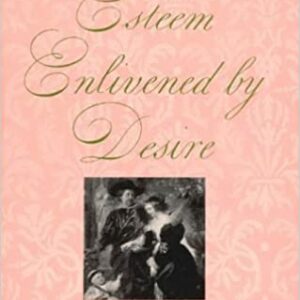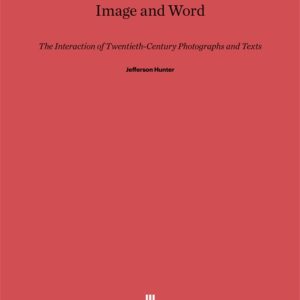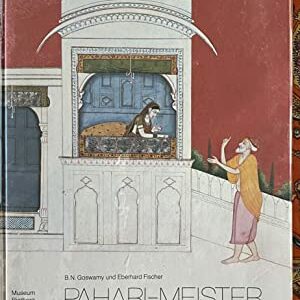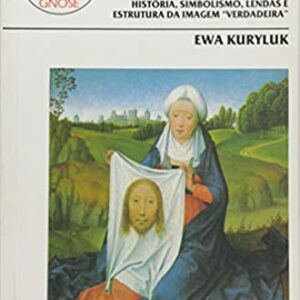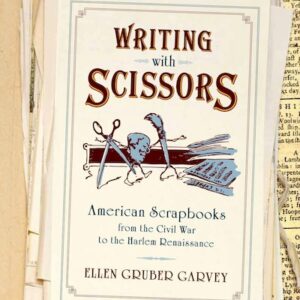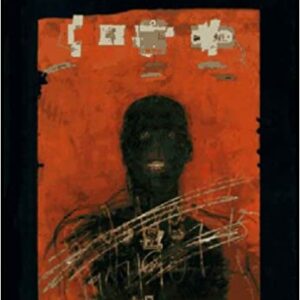
Black Art and Culture in the 20th Century
By Richard J. Powell (NHC Fellow, 1995–96) The African diaspora — a direct result of the transatlantic slave trade and Western colonialism — has generated a wide array of artistic achievements in our century, from blues to reggae, from the paintings of Henry Ossawa Tanner to the video installations of Keith Piper. This brilliant new … Continued
